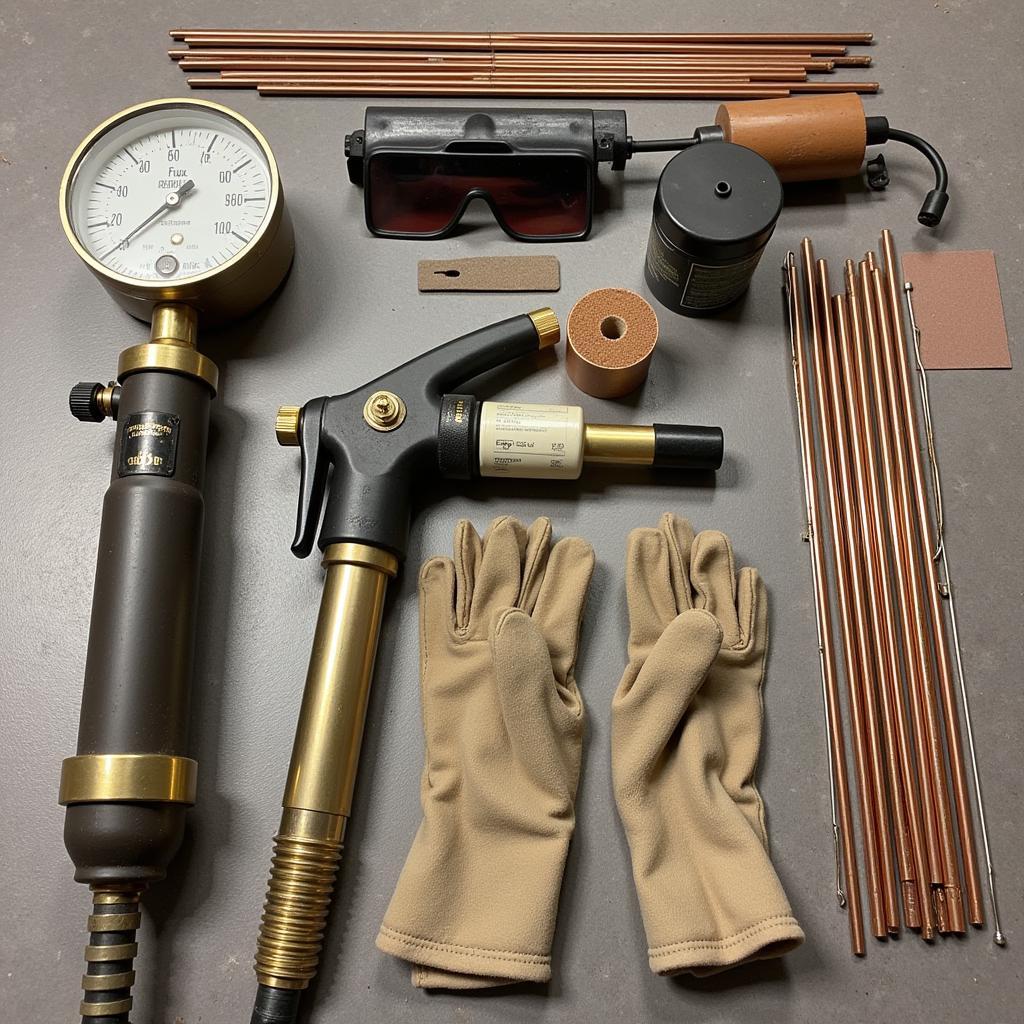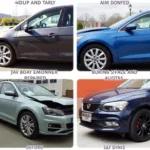Bronze welding is a specialized technique used in car body repairs to join metal components, offering a unique blend of strength and precision. It’s an important skill for any serious auto body technician, offering a reliable way to fix cracks, fill holes, and build up worn areas. Whether you’re a DIY enthusiast or a seasoned professional, understanding the nuances of bronze welding is key to achieving flawless car body restorations.
Decoding Bronze Welding in Car Body Repair
Bronze welding, sometimes referred to as brazing, differs from traditional welding methods. Unlike fusion welding, which melts the base metal, bronze welding uses a lower temperature to melt a filler rod (typically bronze alloy) that flows into the joint between the two metal pieces. This process creates a strong bond without melting the base metals, minimizing distortion and heat damage, which makes it ideal for delicate car body panels.
Why Choose Bronze Welding for Car Repairs?
- Lower Heat Input: Reduces the risk of warping or burning the surrounding metal, especially important for thin car body panels.
- Strength and Durability: Creates a strong, long-lasting bond capable of withstanding stress and vibration.
- Versatility: Suitable for repairing various metals, including steel, cast iron, and even some aluminum alloys commonly found in car bodies.
- Precision: Allows for precise control over the filler metal, enabling repairs in tight spaces and intricate shapes often found in car body designs.
- Less Filler Material Required: Compared to other welding methods, bronze welding often uses less filler material, resulting in a cleaner, smoother finish that requires less grinding and finishing work.
Essential Tools and Materials for Bronze Welding
Before embarking on a bronze welding project, gather the necessary equipment. This includes a suitable torch, bronze welding rods, flux, safety gear, and cleaning materials.
- Torch: An oxy-acetylene torch is commonly used for bronze welding, providing the necessary heat and control.
- Bronze Welding Rods: Choose rods specifically designed for automotive applications, ensuring compatibility with the metals being joined.
- Flux: Flux is crucial for cleaning the metal and promoting proper flow of the filler metal, resulting in a stronger bond.
- Safety Gear: Protect yourself with welding gloves, eye protection, and a welding apron.
- Cleaning Tools: Wire brushes, sandpaper, and degreasers are essential for preparing the metal surfaces before welding.
 Essential Tools and Materials for Bronze Welding
Essential Tools and Materials for Bronze Welding
Step-by-Step Guide to Bronze Welding Car Body Panels
- Clean the Metal: Thoroughly clean the area to be welded, removing any rust, paint, or contaminants.
- Heat the Metal: Use the torch to heat the base metal to a dull red color.
- Apply Flux: Apply flux to the heated area, which will help the bronze flow smoothly.
- Melt the Bronze Rod: Introduce the bronze welding rod into the heated area, allowing it to melt and flow into the joint.
- Cool the Joint: Allow the joint to cool naturally, avoiding rapid cooling that could weaken the bond.
- Clean the Weld: Once cooled, clean the weld area to remove any excess flux or slag.
Common Bronze Welding Challenges and Solutions
- Porosity: Ensure proper cleaning and flux application to avoid porosity (small holes) in the weld.
- Weak Bonds: Inadequate heat or improper rod selection can lead to weak bonds. Practice on scrap metal to perfect your technique.
- Overheating: Excessive heat can warp or burn the surrounding metal. Use a controlled heat source and move the torch consistently.
Conclusion: Bronze Welding for Lasting Car Body Repairs
Bronze welding offers a reliable and effective solution for car body repairs, providing strong, durable, and aesthetically pleasing results. By understanding the process, selecting the right materials, and practicing proper techniques, you can achieve professional-grade repairs and restore your vehicle to its former glory. When done correctly, bronze welding can provide long-lasting repairs that maintain the structural integrity and value of your car.
FAQ: Your Bronze Welding Questions Answered
- What type of bronze rod is best for car body repairs? Silicon bronze rods are a popular choice due to their strength and low melting point.
- Can I bronze weld galvanized steel? Yes, but extra care is needed due to the zinc coating. Proper ventilation is essential.
- Is bronze welding suitable for all types of car body damage? While effective for many repairs, it’s not suitable for heavily rusted or structurally compromised areas.
- What safety precautions should I take when bronze welding? Always wear appropriate safety gear, including gloves, eye protection, and a welding apron. Ensure proper ventilation.
- How long does a bronze welded repair last? With proper technique, a bronze welded repair can last for many years.
- Can I paint over a bronze welded area? Yes, after properly cleaning and preparing the surface.
- Is bronze welding difficult to learn? While it requires practice, it’s a relatively accessible skill with the right guidance and resources.
For further assistance, don’t hesitate to contact us via WhatsApp: +1(641)206-8880, or Email: [email protected]. Our 24/7 customer support team is ready to help.


